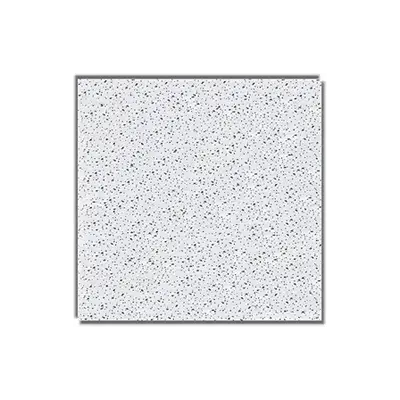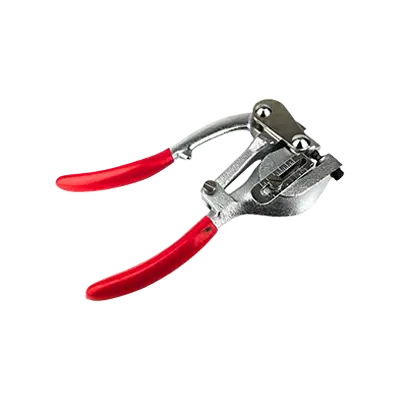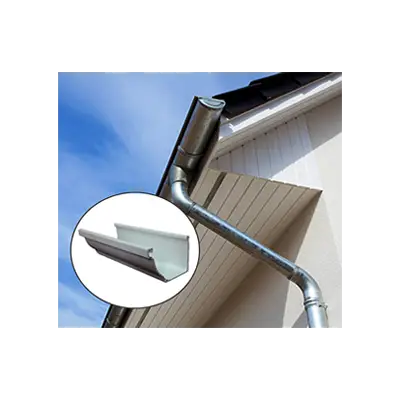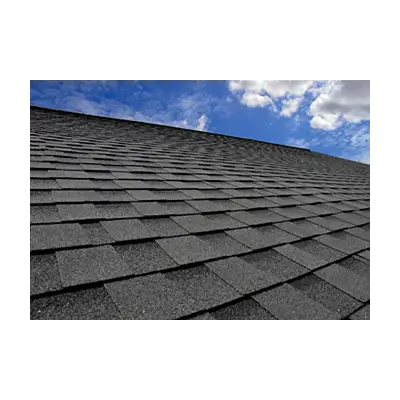Call +(254) 703 030 000 / 751 483 999 / 721 704 777
- Home
- Ceilings Roofing
.....Read More
Frequently Asked Questions
What are the best materials for roofing?
The best roofing materials depend on climate, budget, and desired aesthetic. Asphalt shingles are popular for their affordability and versatility. Metal roofs offer durability, energy efficiency, and a long lifespan. Clay and concrete tiles are excellent for hot climates, providing insulation and fire resistance. Slate roofs are premium, offering unmatched longevity and a distinctive look. Each material has pros and cons, so consider your specific needs.
How much does it cost to replace a roof?
The cost to replace a roof varies significantly based on several factors, including the size and complexity of your roof, the materials chosen (e.g., asphalt shingles, metal, tile), and the labor rates in your area. Typically, prices can range from a few thousand dollars for a smaller roof with basic asphalt shingles to tens of thousands for larger, more intricate roofs using premium materials. It's best to get multiple quotes from qualified roofing contractors to ensure you receive an accurate estimate tailored to your specific needs.
What are the signs of a leaking roof?
Signs of a leaking roof include water stains on ceilings or walls, often discolored and expanding over time. Drips, especially during or after rain, are a clear indicator. You might also notice a musty odor indoors, suggesting hidden mold or mildew growth due to moisture. Missing, cracked, or curled shingles on the exterior of your home are visual cues that your roof's integrity is compromised. Additionally, dark spots or moss growth on the roof can indicate areas where moisture is pooling. A sudden increase in your utility bills might also point to water damage affecting insulation.
How long does a typical roof last?
The lifespan of a typical roof varies significantly based on the materials used, installation quality, local climate, and maintenance. Asphalt shingle roofs, the most common type, generally last between 15 and 30 years. Metal roofs offer greater durability, often lasting 40 to 70 years. Tile roofs, made from clay or concrete, can endure for 50 to 100 years or more. Wood shake or shingle roofs typically last 20 to 40 years. Proper installation and regular maintenance, such as cleaning and timely repairs, are crucial for maximizing any roof's longevity, protecting your home for decades.
What is the difference between a flat roof and a pitched roof?
A flat roof, despite its name, typically has a slight slope (around 1-10 degrees) for drainage, often covered with membrane materials like EPDM, TPO, or modified bitumen. They are common on commercial buildings and modern homes, offering usable space for HVAC units or green roofs. Pitched roofs, on the other hand, have a visible slope, usually greater than 10 degrees, allowing gravity to shed water and snow efficiently. They come in various styles (gable, hip, etc.) and are often covered with shingles, tiles, or metal. Pitched roofs generally provide better attic ventilation and can last longer due to their superior drainage.
How do I repair a hole in my ceiling?
To repair a hole in your ceiling, start by clearing any debris around the opening. For small holes, use spackle or joint compound, applying thin layers and letting each dry before sanding smooth. For larger holes, you'll need a patch. Cut a piece of drywall slightly larger than the hole, then trace and cut the ceiling to fit the patch. Secure the patch with drywall screws to furring strips or framing behind the ceiling. Apply joint tape over the seams, then spread joint compound over the tape and patch, feathering the edges. Sand when dry, and repeat until smooth. Prime and paint to finish.
What causes ceiling cracks and how can I fix them?
Ceiling cracks can stem from various issues, including structural shifts, settling foundations, high humidity, or poor drywall installation. Minor hairline cracks are often superficial and can be patched with spackle and repainted. Larger cracks, especially those that are wide, long, or accompanied by bowing or sagging, may indicate more serious structural problems like foundation issues or water damage, requiring professional assessment. For these, consulting a structural engineer or a qualified contractor is essential to diagnose the root cause and implement appropriate repairs, which could involve foundation work, beam reinforcement, or extensive drywall replacement.
How often should I inspect my roof for damage?
It's generally recommended to inspect your roof at least twice a year, ideally in the spring and fall. These seasonal checks allow you to identify any damage that may have occurred due to winter weather or prepare your roof for the upcoming colder months. Additionally, inspect your roof after any major weather events, such as heavy storms, hail, or strong winds, as these can cause immediate damage. Look for missing or cracked shingles, curled edges, signs of water leaks inside your home, or debris accumulation. Regular inspections can help catch minor issues before they become costly repairs and extend the lifespan of your roof.
What are the benefits of installing a skylight?
Installing a skylight offers numerous benefits, transforming your living space. Primarily, they dramatically increase natural light, reducing reliance on artificial lighting and lowering energy bills. This influx of sunlight also creates a brighter, more open, and inviting atmosphere, making rooms feel larger and more cheerful. Beyond illumination, skylights improve ventilation, allowing hot air to escape and fresh air to circulate, which is especially beneficial in kitchens and bathrooms. They can also enhance a home's aesthetic appeal, adding a touch of architectural elegance and increasing property value. Furthermore, exposure to natural light through skylights has been linked to improved mood and well-being.
How can I improve the insulation of my ceiling or roof?
To improve the insulation of your ceiling or roof, consider adding more insulation material. Common options include fiberglass batts, blown-in cellulose, or rigid foam boards. Assess the current R-value and local climate to determine the optimal insulation thickness. Sealing air leaks around penetrations like vents and light fixtures is crucial, as air leakage can significantly reduce insulation effectiveness. You might also explore radiant barriers in hot climates to reflect solar heat. For maximum efficiency, consider a professional energy audit to identify specific areas needing improvement and suitable solutions, potentially including a cool roof coating or a complete re-insulation project.








